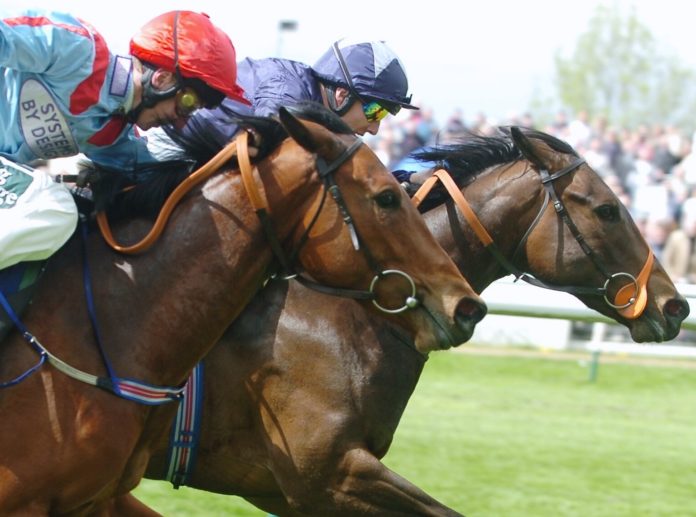
Horse races, as we know them today, began to be a public spectacle in Ancient Greece, 2000 years ago. Due to the interest they immediately generated, they became part of the Olympic Games. Since then, it was when these animals began to attract many people who wanted to have them as a competition animal or companion, or both.
Horse racing is never comfortable, but some racetracks make it even more challenging for contenders. Around the world, numerous luxurious tracks have become famous for their size and facilities, but these tracks are famous for something else – the challenge they provide contenders. It can take its toll on even the best athletes and racehorses; these tracks have earned a reputation a the toughest in the world.
Belmont Park – Elmont, New York
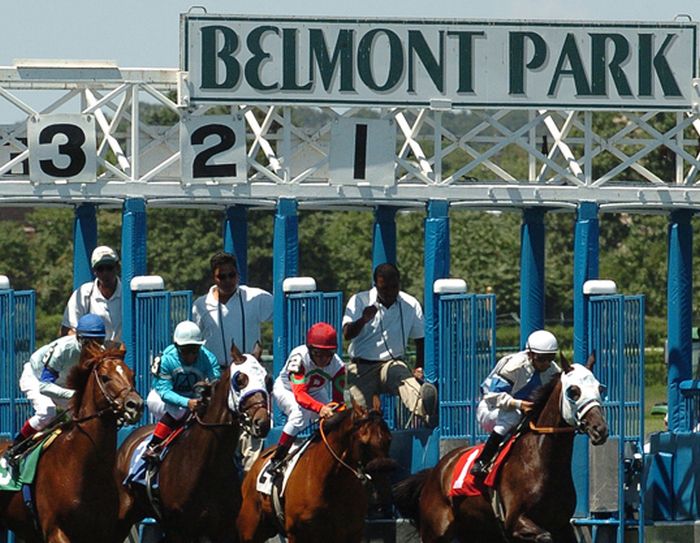
At 2400m, the famous Belmont Stakes is run over a relatively modest distance at Belmont Park. But this dirt track is known as the ‘Big Sandy’ and can be a grueling and tiring surface for horses to race on. It has full sweeping turns and a long home stretch, and while many would argue it’s one of the fairest racetracks in the sport, it’s also one of the most fatiguing for the athletes competing on it.
Aintree – Liverpool, UK
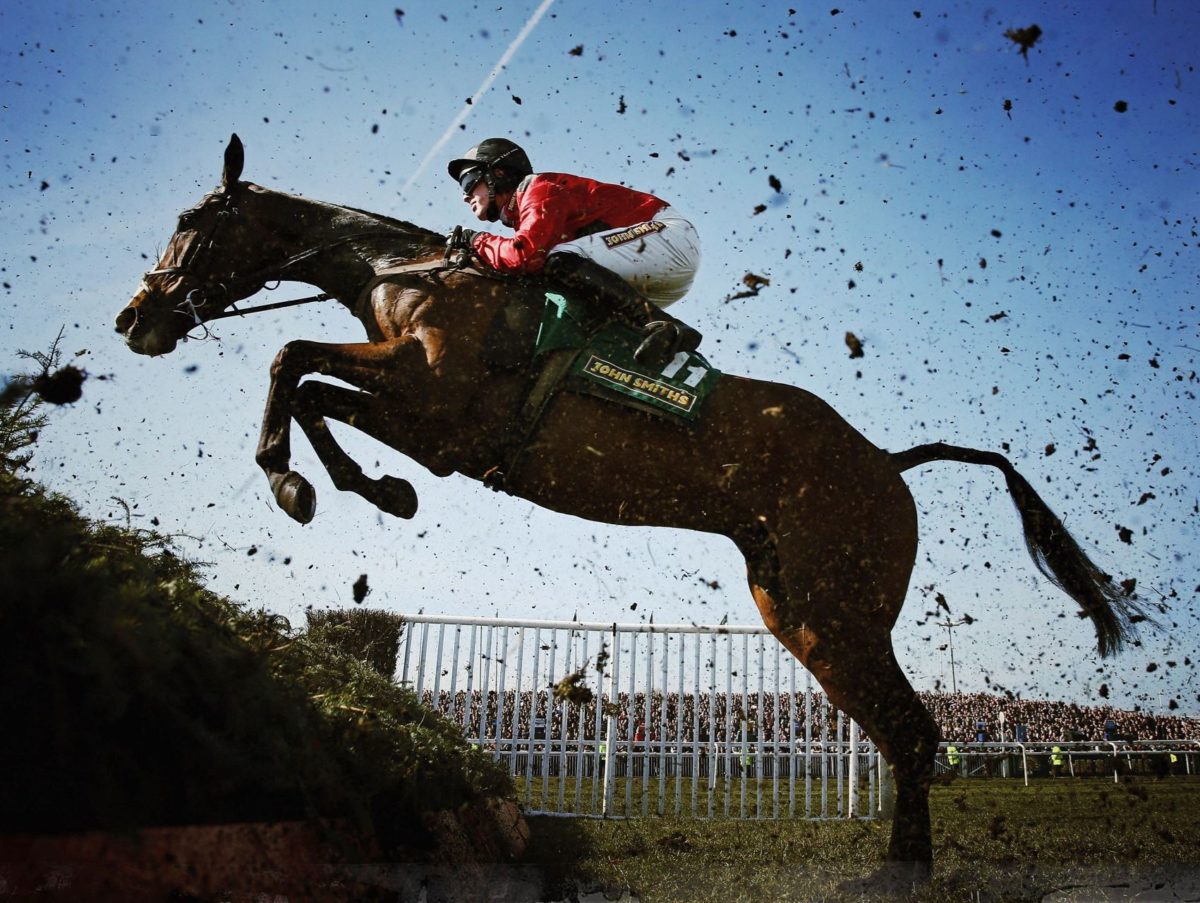
Aintree is one of the most famous racetracks in the world and is home to the Grand National. This racetrack is so challenging that even its steeplechase obstacles have earned their nicknames, such as Becher’s Brook, The Chair, and the Canal Turn.
Aintree has an almost 190-year history and has shown fans some truly legendary races over the years, but it is well known for being a tough and challenging racecourse. One of the things that makes this track different from others around the world is that Aintree has fences that bar the water jumps, which are covered in 100 tonnes of spruce, making it even harder for competitors.
What’s more, the fences here are more massive than at Cheltenham and have staggering drops. The most famous of these is Becher’s Brook, which is 5ft high and has an astonishing 7ft drop to it – it’s the toughest hurdle in the Grand National. It has tested the skill of many contenders over the years but makes for exciting races and suspenseful betting (available to place at Timeform).
Flemington Racecourse – Melbourne, Australia
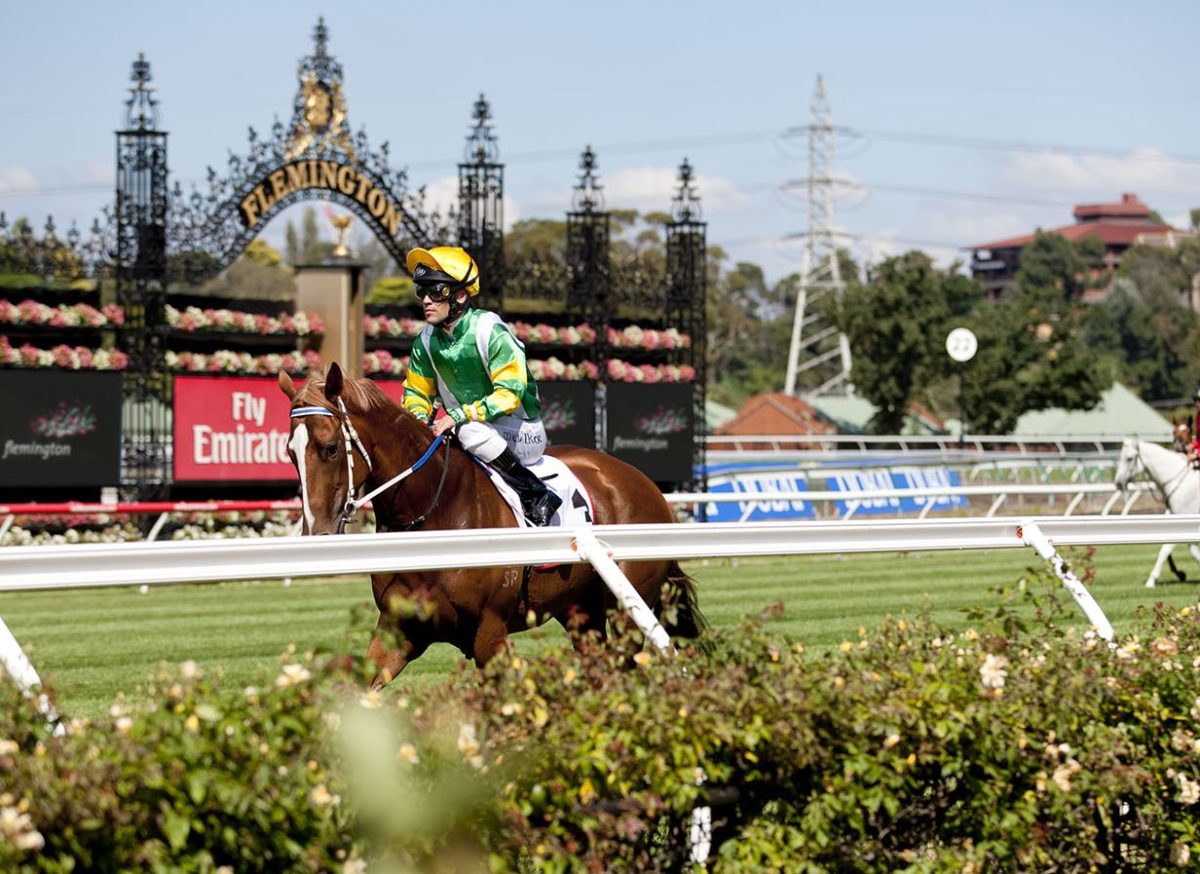
Known for the Melbourne Cup and the Victoria Derby, the Flemington Racecourse is a behemoth of a track that has several features, included in which are six-furlong straight, known to fans as the Straight Six.
Horses racing in the Melbourne Cup are usually running on a course that is just coming off a winter spell, coupled with the fact that they’re racing underweights in front of enormous crowds. That makes this track one of the most difficult for competing horses and jockeys, but also one of the most thrilling to watch races at.
Ascot Racecourse – Berkshire, UK
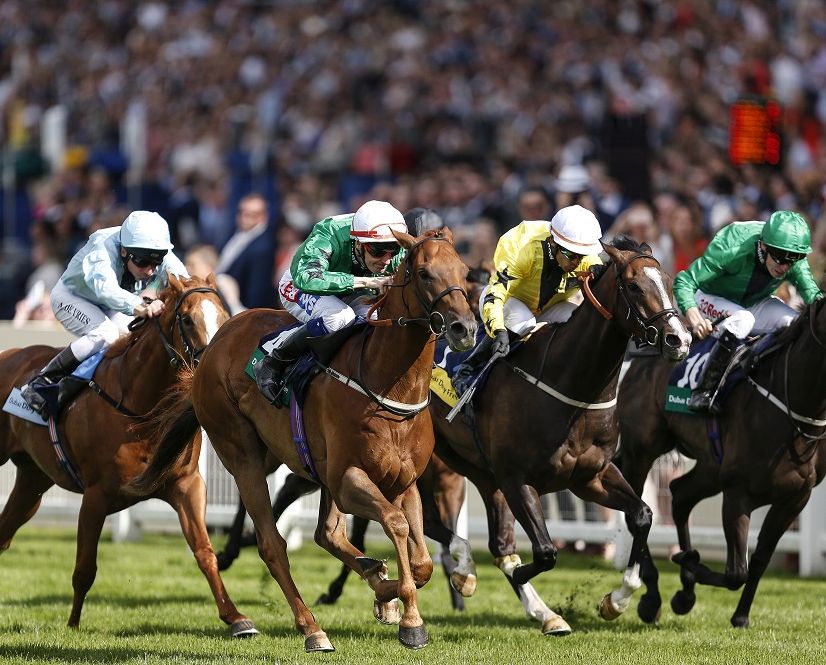
Ascot is well known for its Royal Ascot meeting, and while it is famed for flat racing, it’s jumps racing is incredibly challenging. It’s a difficult course because of its 73ft uphill climb, which only becomes harder when fences are added to the mix. There are also a lot of sweeping turns at Ascot, and because it’s a galloping course, any horses who get stuck at the back find it challenging to break through to the front of the field.
Kentucky Derby – United States
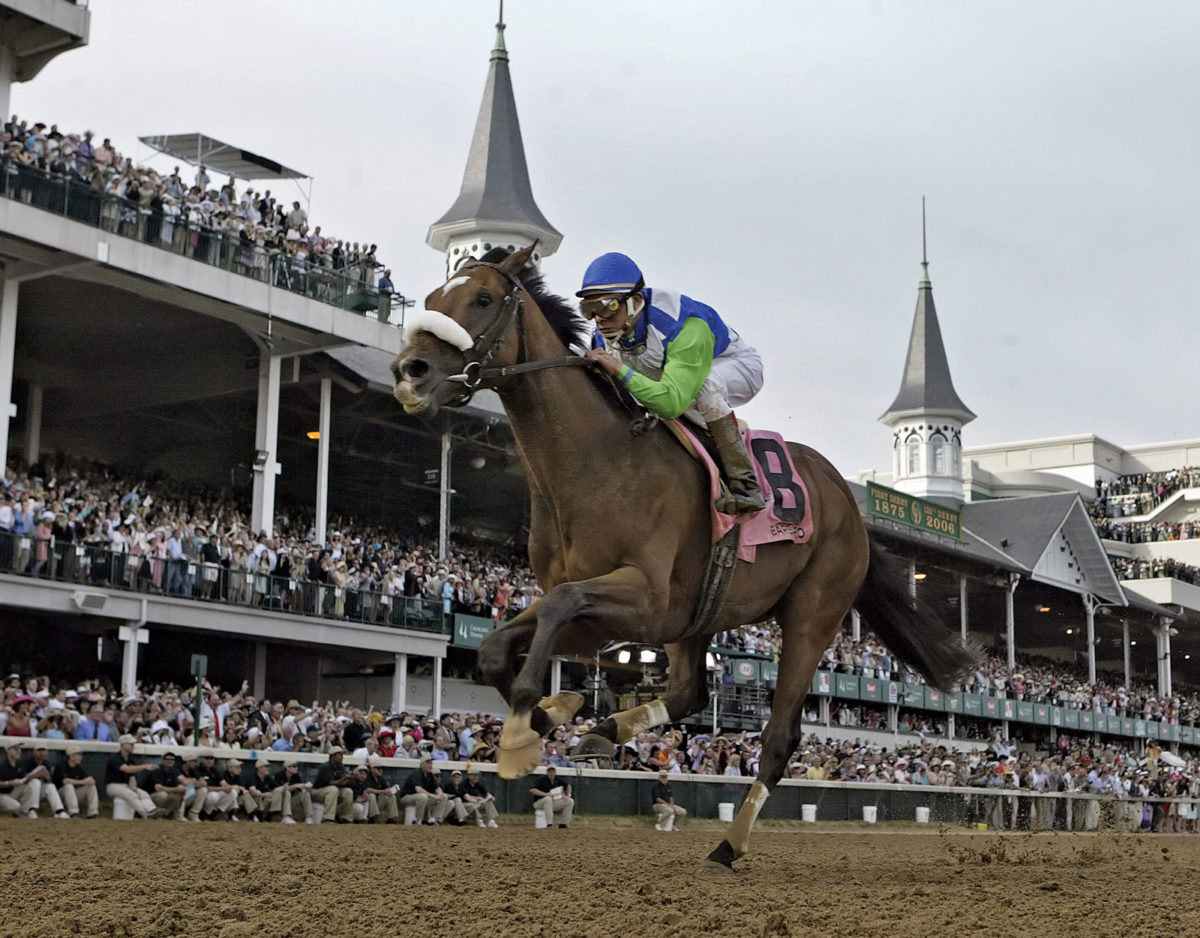
It is the horse race par excellence and is held every year on the first Saturday of May, in Churchill Downs, Louisville, Kentucky. The first edition was in the year 1875. Today, he leads the Triple Crown of thoroughbred races in the United States.
The animals run 1.25 miles (2.01km), and the winner takes 2 million dollars, an amount not negligible, of course.
The Prix de L’Arc de Triomphe – France
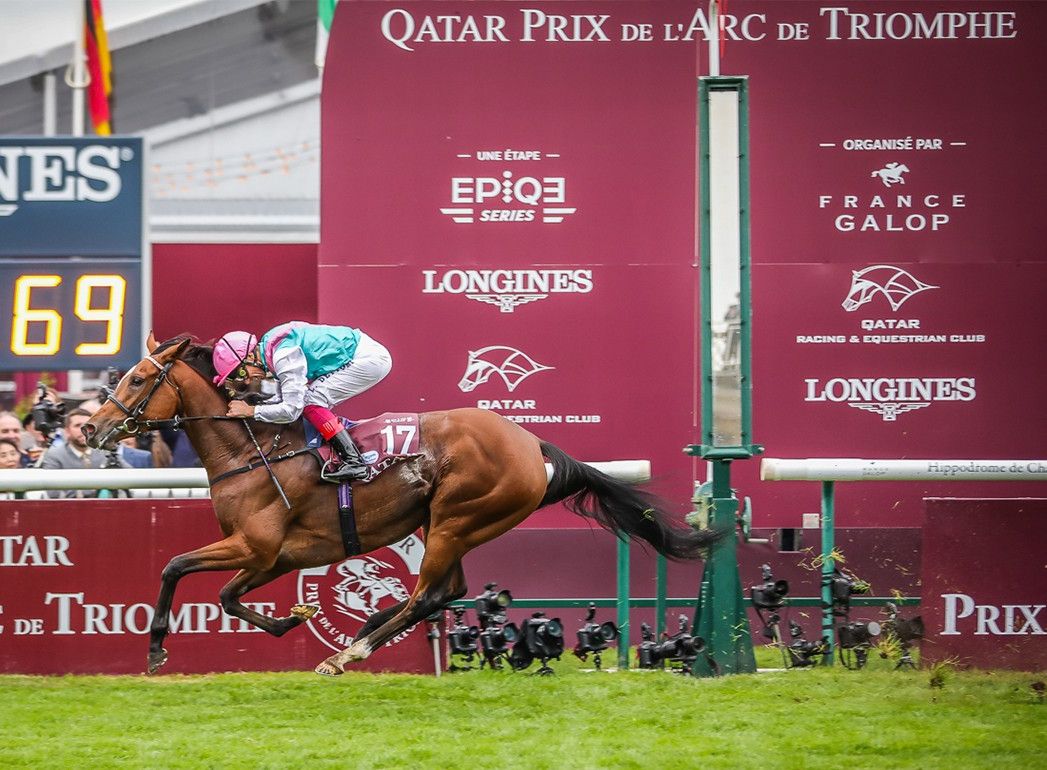
Longchamp racecourse is one of the most important in the world and the most famous racing event in Europe, and it is celebrated on the first Sunday of October at the Longchamp racecourse in Paris, France. The first edition was in 1920, and horses three years old and older compete.
The animals run 1.5 miles (2.41km), and the winner gets 5.5 million dollars, an amount that once was 2 million. Thanks to the fact that the Qatar Racing and Equestrian Club took over their sponsorship, that figure could be increased.
The Breeders Cup Classic – United States
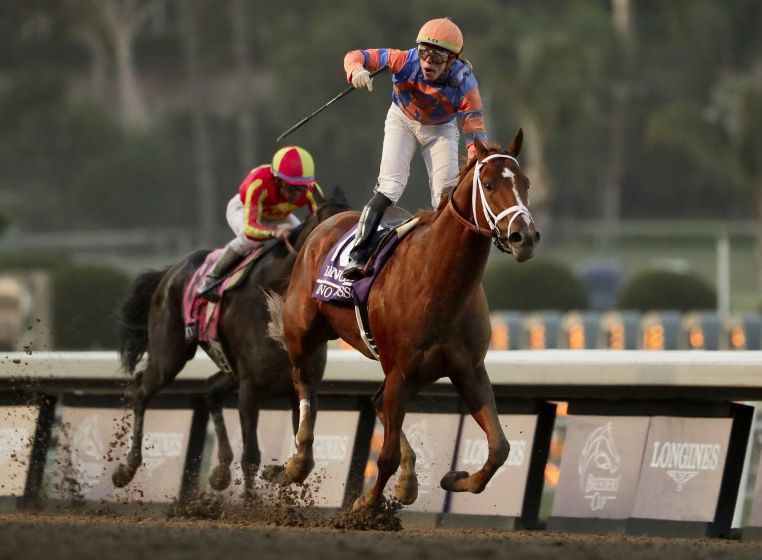
Although it has been celebrated since 1984, it is the most expensive one in the United States. It is celebrated at the end of October or beginning of November, each year at a different racecourse.
The animals run 1.25 miles (2.01km), and the winner takes 5 million dollars.
The Japan Cup – Japan
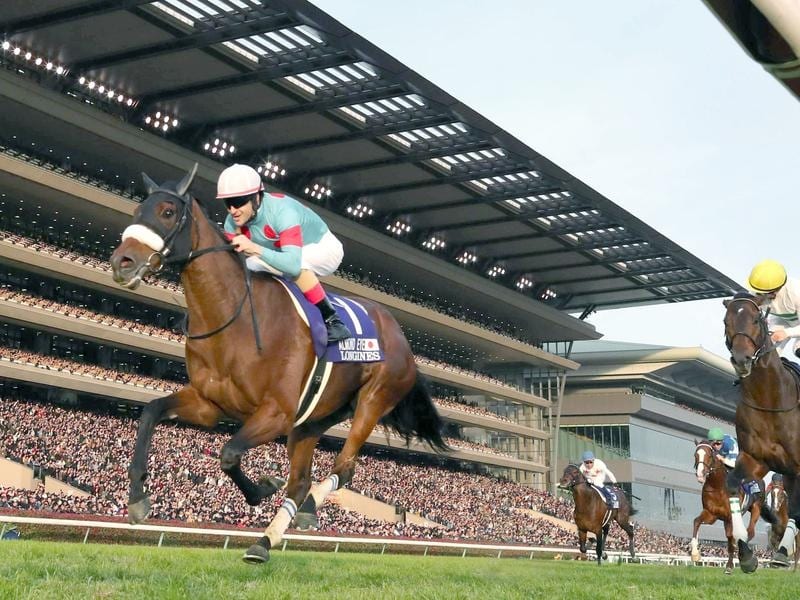
It is the most prestigious horse race in Japan. It is celebrated the last week of November at the Fuchu racecourse (Tokyo) since 1981.
The animals run 1.49 miles (2.39km), and the winner gets about 4.6 million dollars.
Epsom Derby – England
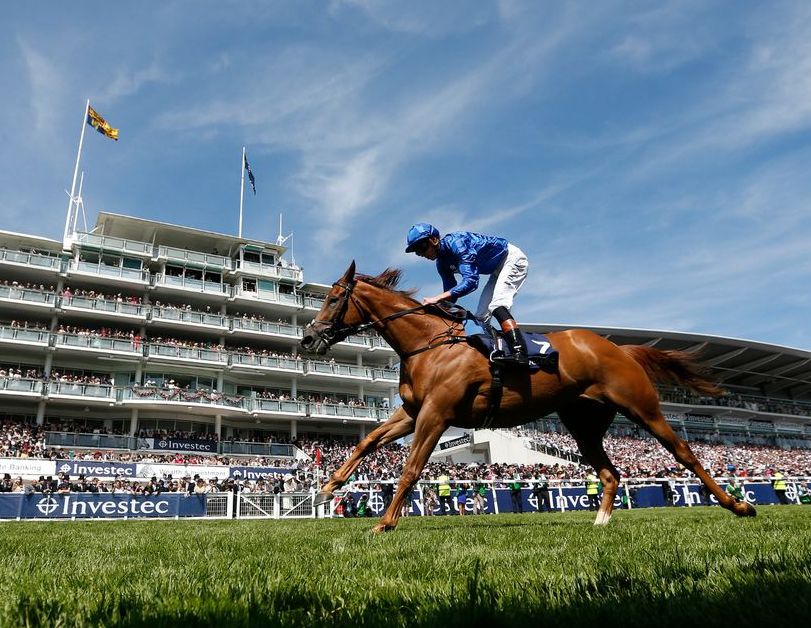
It is celebrated on the first weekend of June of each year in Epsom Downs, Surrey, England, since 1779. It is part of the English Triple Crown, next to the 2000 Guineas Stakes and the St Leger Stakes.
The animals run 1.50 miles (2.41km).
Madrid Grand Prix – Spain
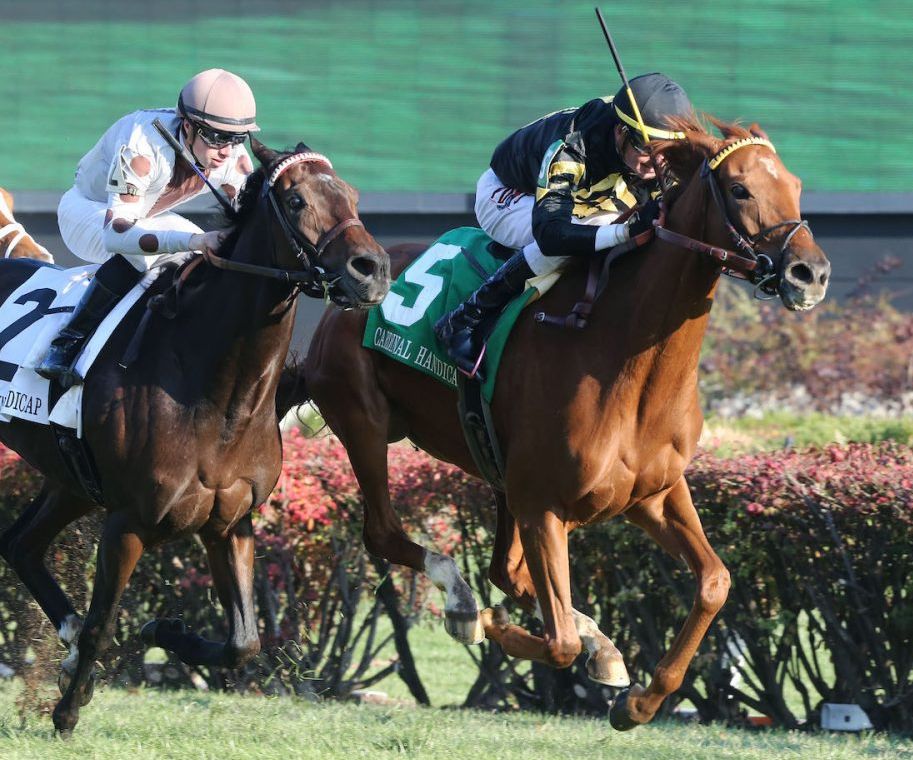
It is the most crucial race in Spain, and it is celebrated on the first Sunday of July at the Hipódromo de la Zarzuela, in Madrid, since 1919. Horses and mares of three years or more can participate.
The animals run 1.55 miles (2.5km).
Horse riding is a sport that is not without controversy. It is also a business that moves large amounts of money, and the actions of those who keep it alive can often get out of the purely sporty manner and transcend it to the media.
If there is any chance that you go to one, you will surely have a great time!
















